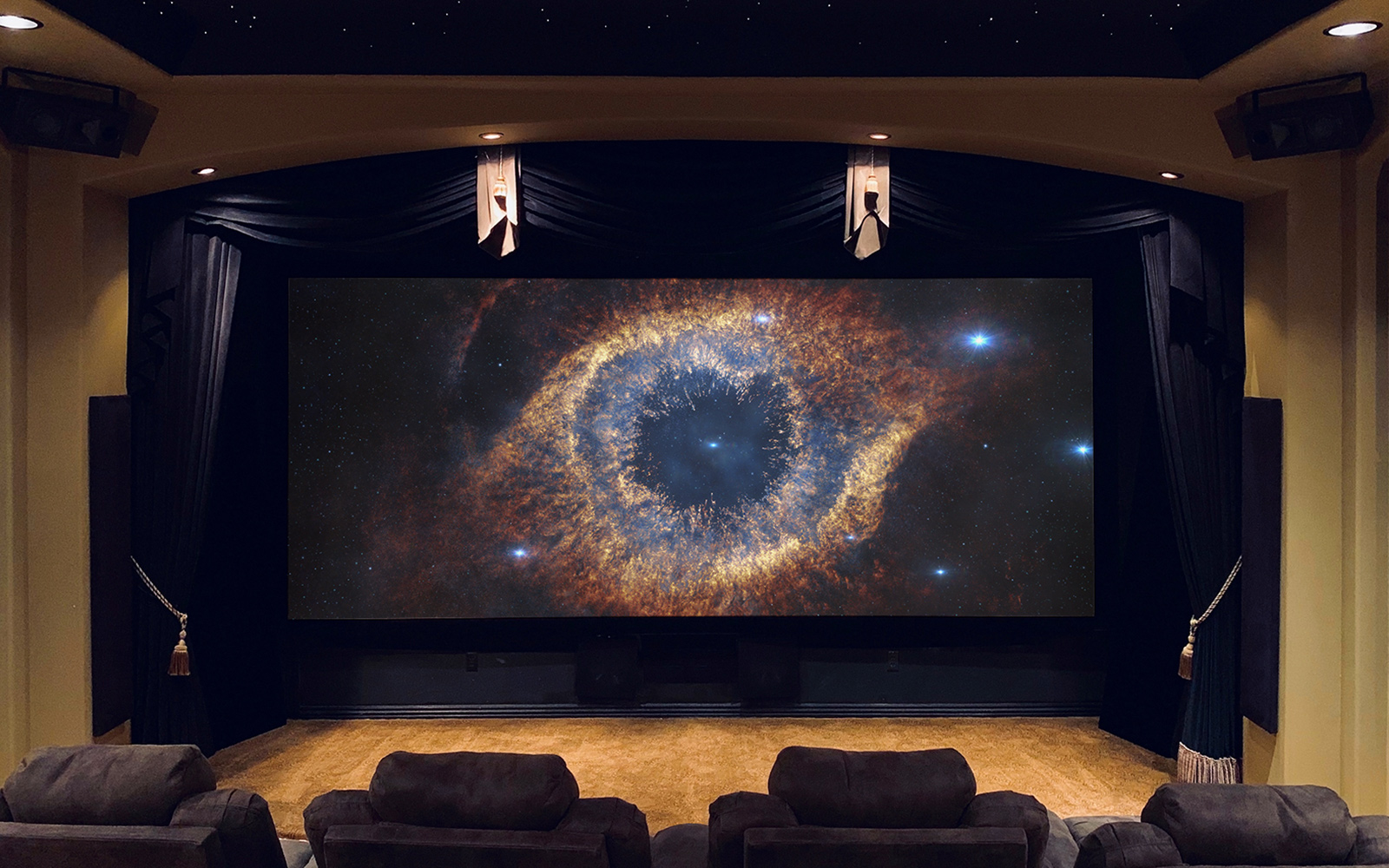A Guide For How Companies Install the Perfect CCTV Setup to Meet Your Security Needs
A Guide For How Companies Install the Perfect CCTV Setup to Meet Your Security Needs
Blog Article
As it pertains to guaranteeing protection and safeguarding, choosing the appropriate CCTV system is essential. Closed-circuit television (CCTV) systems are widely utilized for monitoring in various settings, including homes, businesses, and public spaces. These setups assist observe actions, discourage criminal activity, and offer important proof in the event of incidents. Comprehending the various elements and features of CCTV systems can aid individuals and organizations make informed decisions that best satisfy their security needs.
One of the first considerations when selecting a CCTV system is the type of cameras needed. There are several varieties of cameras available, such as bulb cameras, bullet cameras, and PTZ (pan-tilt-zoom) devices. Dome cameras are often used for indoor surveillance due to their subtle appearance, while bullet devices are more noticeable and are typically employed outdoors. PTZ cameras provide the capability to zoom in on particular areas and can be operated remotely. Assessing the specific environment and the locations that require surveillance will assist decide which kind of device is most suitable.
Another crucial factor to take into account is the clarity of the cameras. Increased clarity cameras provide clearer images, which can be critical for recognizing individuals or features in a setting. Typical clarities consist of standard resolution (SD), elevated definition (HD), and superior resolution (UHD). Although higher clarity cameras may come at a higher price, they can considerably enhance the efficacy of a surveillance system. It is also crucial to consider the illumination circumstances in the area being monitored, as some cameras are better suited to handle low-light conditions than alternative options.
Recording options are also a critical component of CCTV systems. Video footage can consume up a significant amount of storage, so it is crucial to select a setup with adequate storage options. Many systems offer online storage, which allows for remote retrieval to recordings and can provide additional safeguarding in case of burglary or damage to the physical device. Alternatively, local storage, such as digital footage devices (DVRs) or network footage recorders (NVRs), can be employed. Comprehending the storage needs based on the quantity of cameras and the required retention period for recordings is vital for effective monitoring.
Lastly, the installation and maintenance of the CCTV system should not be ignored. Expert installation can guarantee that devices are positioned in optimal spots for maximum surveillance. Additionally, regular maintenance is necessary to maintain the system functioning effectively. This entails checking camera positions, cleaning lenses, and making sure that software is current. Some setups also offer off-site surveillance features, allowing try this web-site operators to access real-time recordings from their smartphones or laptops. This feature can offer peace of mind and improve the overall effectiveness of the safeguarding system.
In conclusion, selecting the ideal CCTV system involves careful consideration of multiple factors, including camera types, clarity, capacity choices, and installation. By understanding these components, individuals and entities can select a setup that efficiently satisfies their safeguarding needs. A thoughtfully designed CCTV system not only helps deter criminal activity but also offers important evidence when needed, making it an essential expenditure for protection and safeguarding.